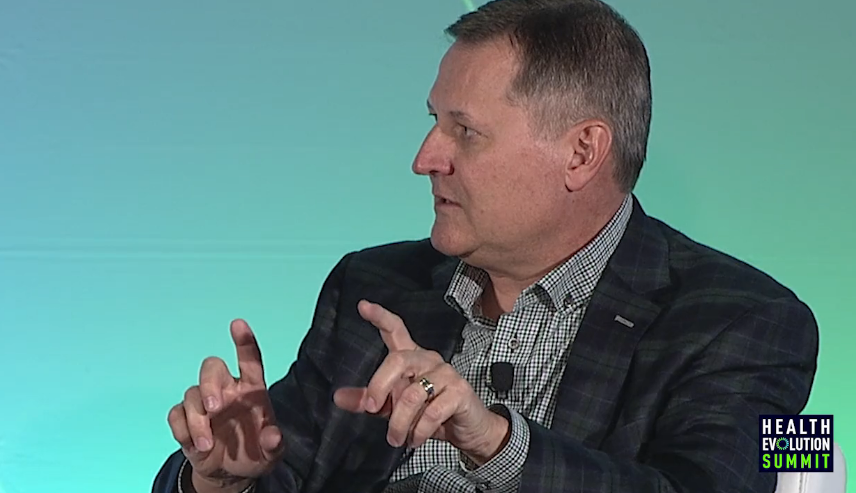Shifting healthcare toward a consumer focus is not proving to be a simple task for many health systems.
Longstanding routines emphasize efficiency and EHR workflows over one-on-one communication.
As CEOs face the challenge of making their systems become consumer-friendly organizations, Terry Shaw of Adventist Health System believes that the change needs to come from the top.
“You get 12 top leaders to buy in, then you go to the next 50, then you go to the next 300. And right now, our journey is to the next 3,000. And then this year, we’re going to the 80,000 associates that actually do the care on the frontlines.”
He believes that a central problem with healthcare in the US is “we tend to treat everybody the same and good consumer-based organizations don’t do that.”
Shaw set out to improve performance in the outpatient environment as a top priority, recognizing that 95% of the patient contacts occur on an outpatient basis. One of the approaches the system is taking is to change its routine of discharging patients too quickly.
“What we want to do is transition you to your next level of care,” he said. The goal is to have consumers look at Adventist as their health partner. “We have to be proactive at helping them navigate a very disjointed health care system.”
Shaw has acknowledged that his wife’s experiences in an emergency room changed his own views about the need for change. Observing the care his wife received after a serious accident, he saw that clinical workflows got in the way of personalized care.
Shaw is working to implement a “whole care experience” with four guiding principles for how to treat a patient.
- * “Keep me safe.”
- * “Love me, and I mean love me like you love your grandmother. Not the one you don’t like, the one that you really like.”
- * “Make it simple, “You guys are really complicated. You’re really proud of your complexity. Can you just hide that from me and make it simple?”
- * “And would you please own my problem? I don’t know what to do. I don’t know where to go. I don’t know where to turn. Can somebody just please help me?”
Shaw believes that if the caregivers can do those four things, they’ll be changing the way care is delivered for the better.
The health system is supporting the changes with a customer relationship management (CRM) system that is expected to provide the staff with better insight into the consumer.
Shaw reinforced his message by recommending to his management team that they read the book Extreme Ownership: How US Navy SEALS Lead and Win.
“It teaches you that no matter what’s going on around you, you need to be able to take over and make sure that things run smoothly.”











